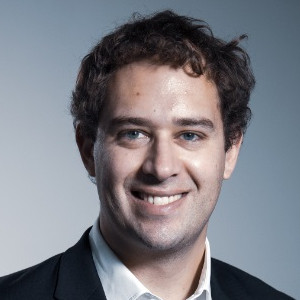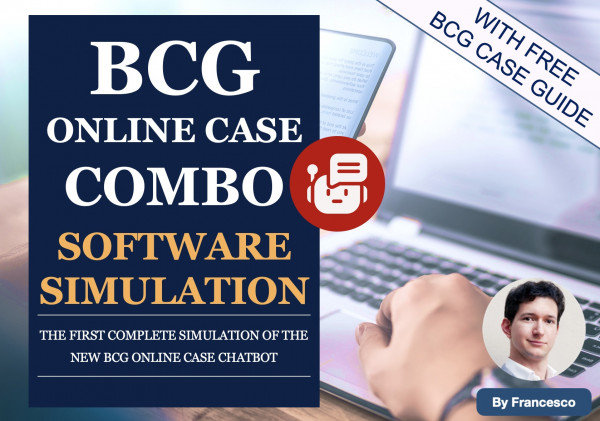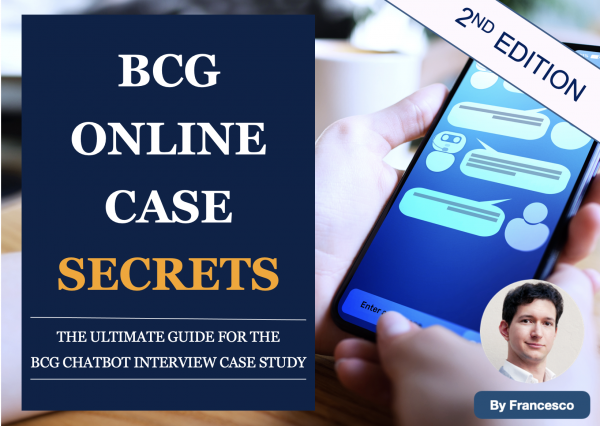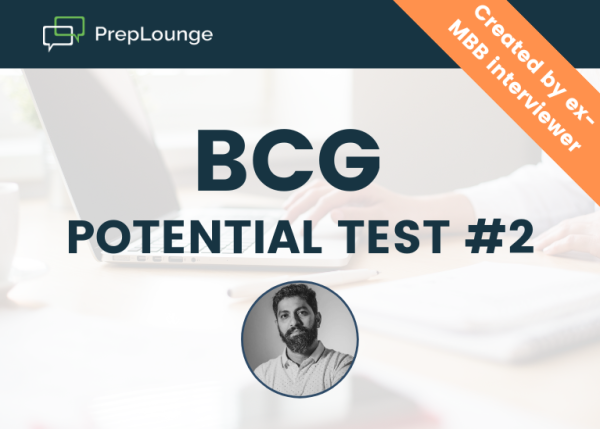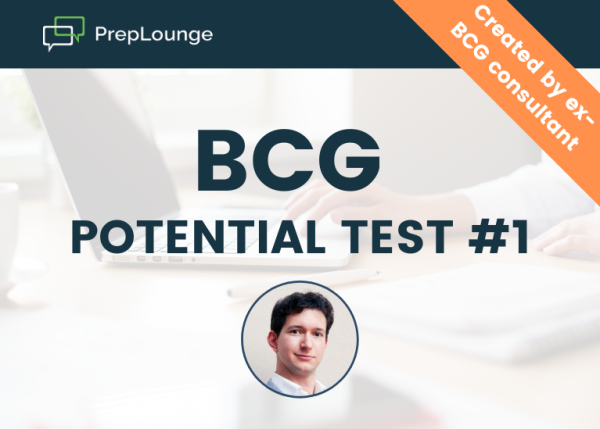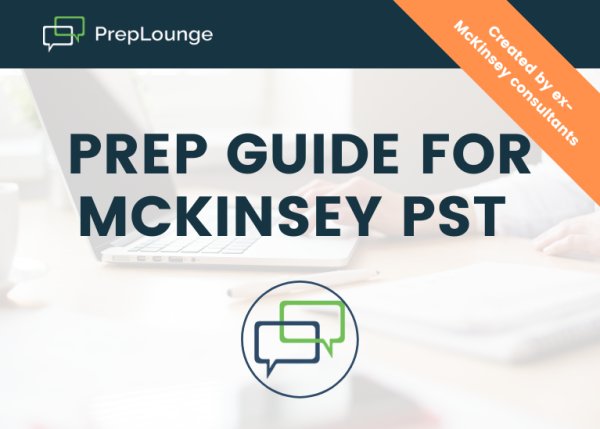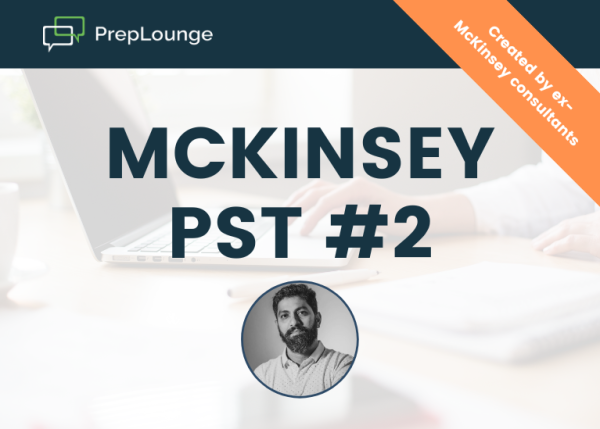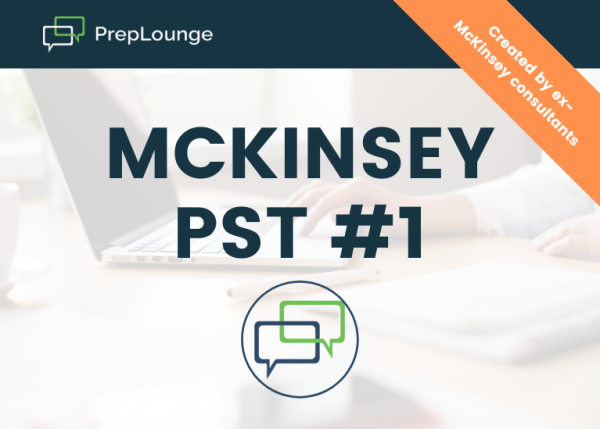Dear Community,
Recently I have been thinking if it's always appropriate for asking time during the interview once we get Chart Interpretation, Brainstorming Questions and recommendations section. I want to take time so my answer will be better but worrying about interviewer perception and time of solving the case.
1) When it is appropriate ? When it's not ?
2)How long should we take? if they allow
3) How many times during the case can I ask for time ? (on top of the structuring) I know it's tough question as every case is different but rule of thumb will be good
4) Particularly on recommendation, if they say (like in case book). "The CEO is walkingto the room" Should I take time ?
Any other advice would be appreciated. thank you


